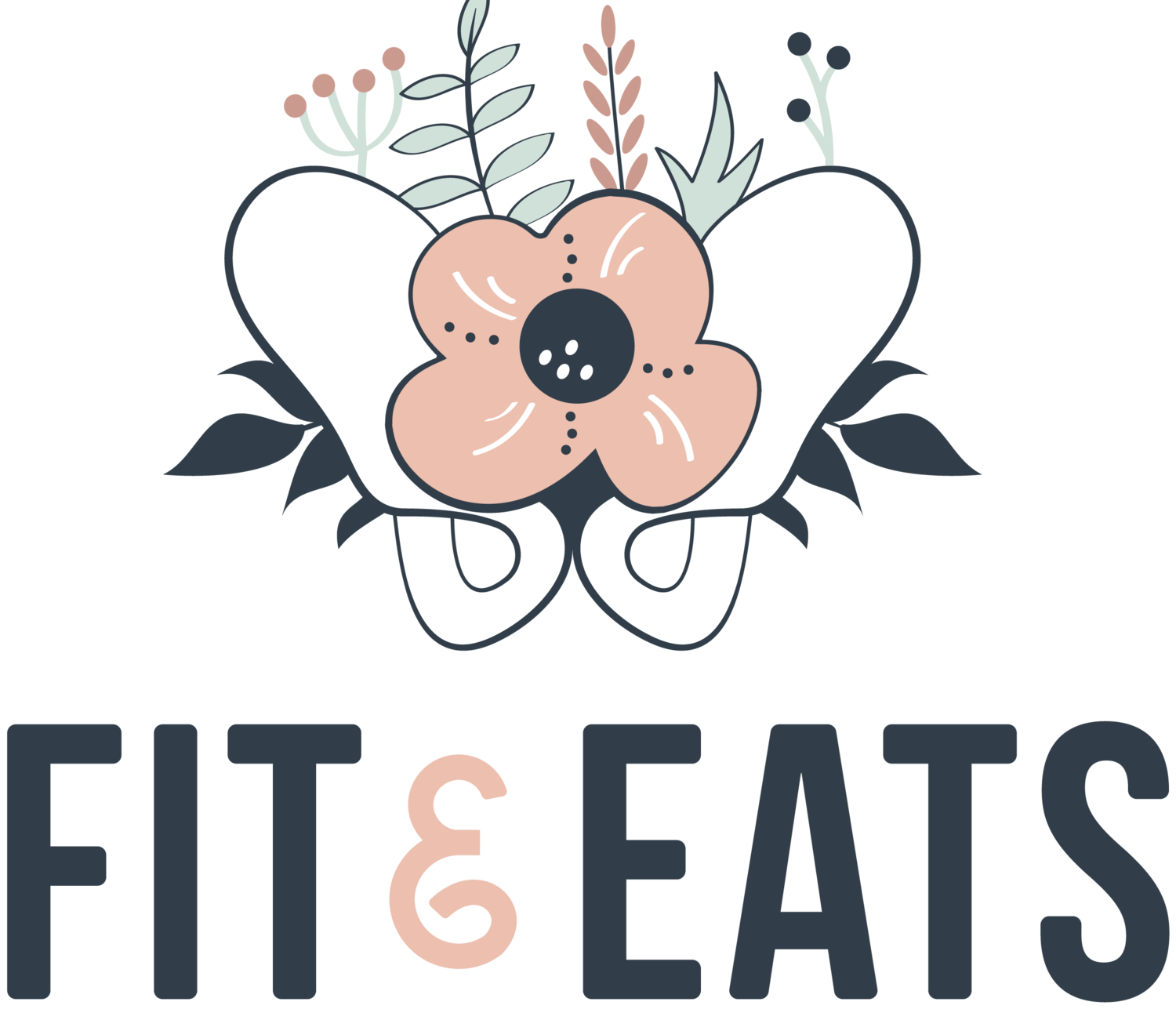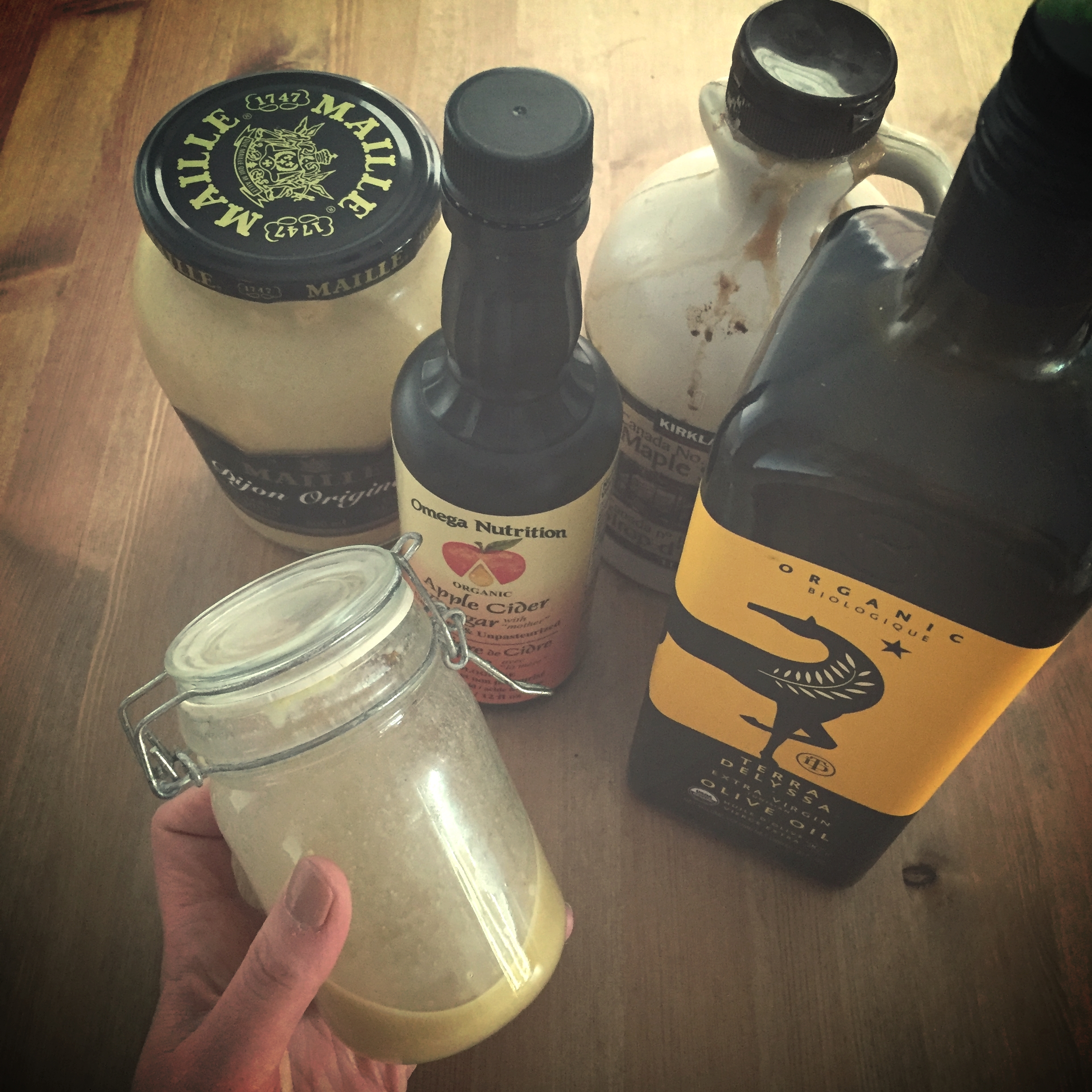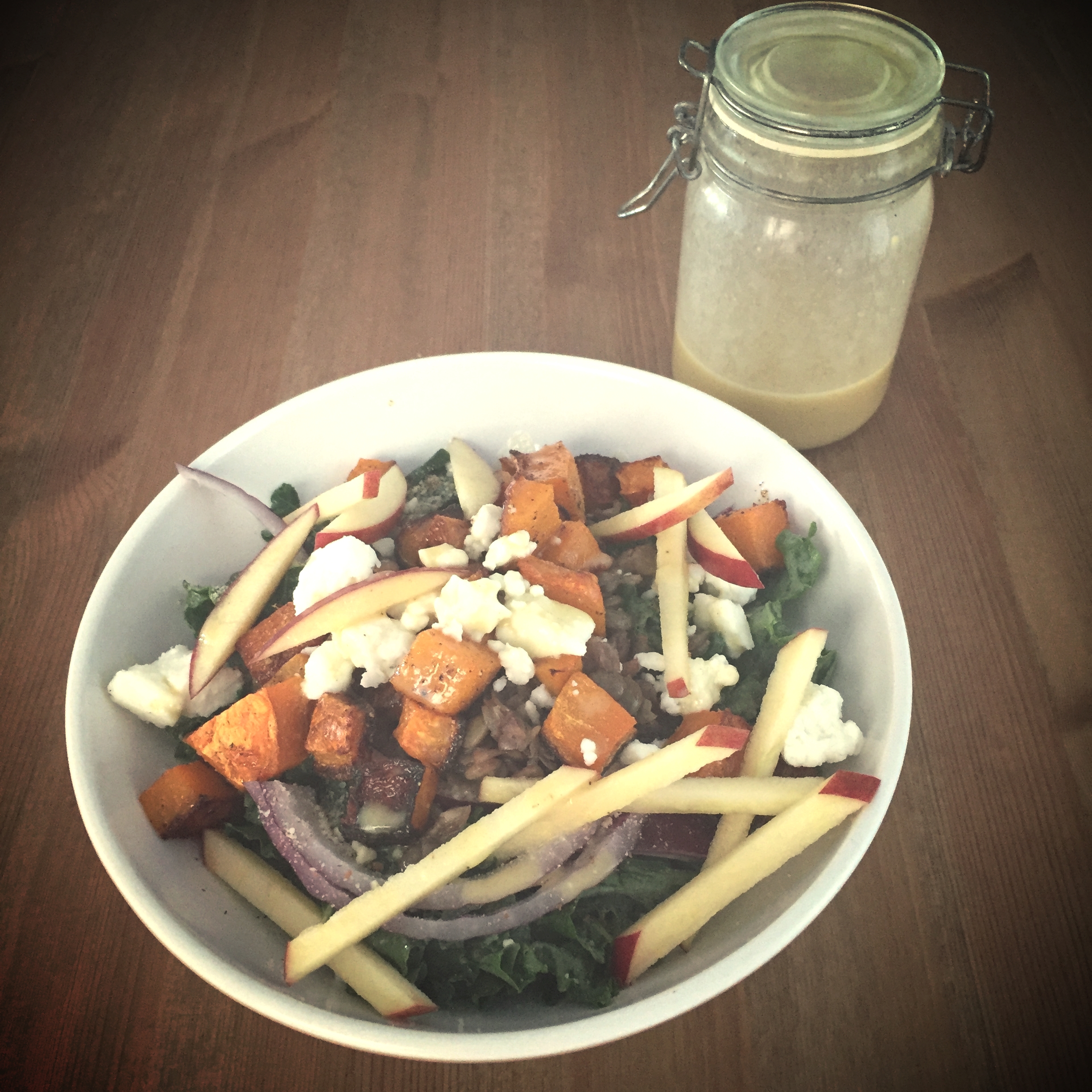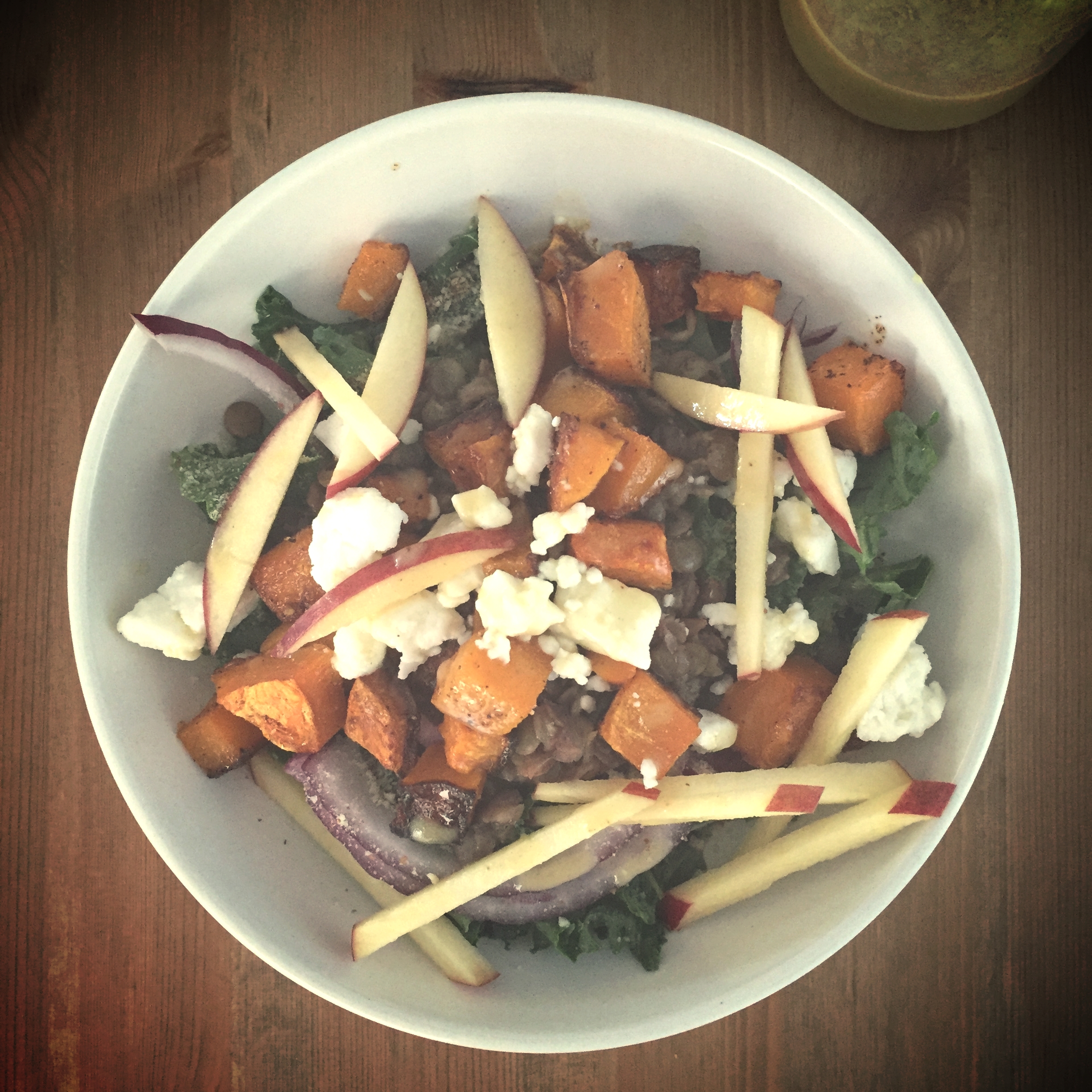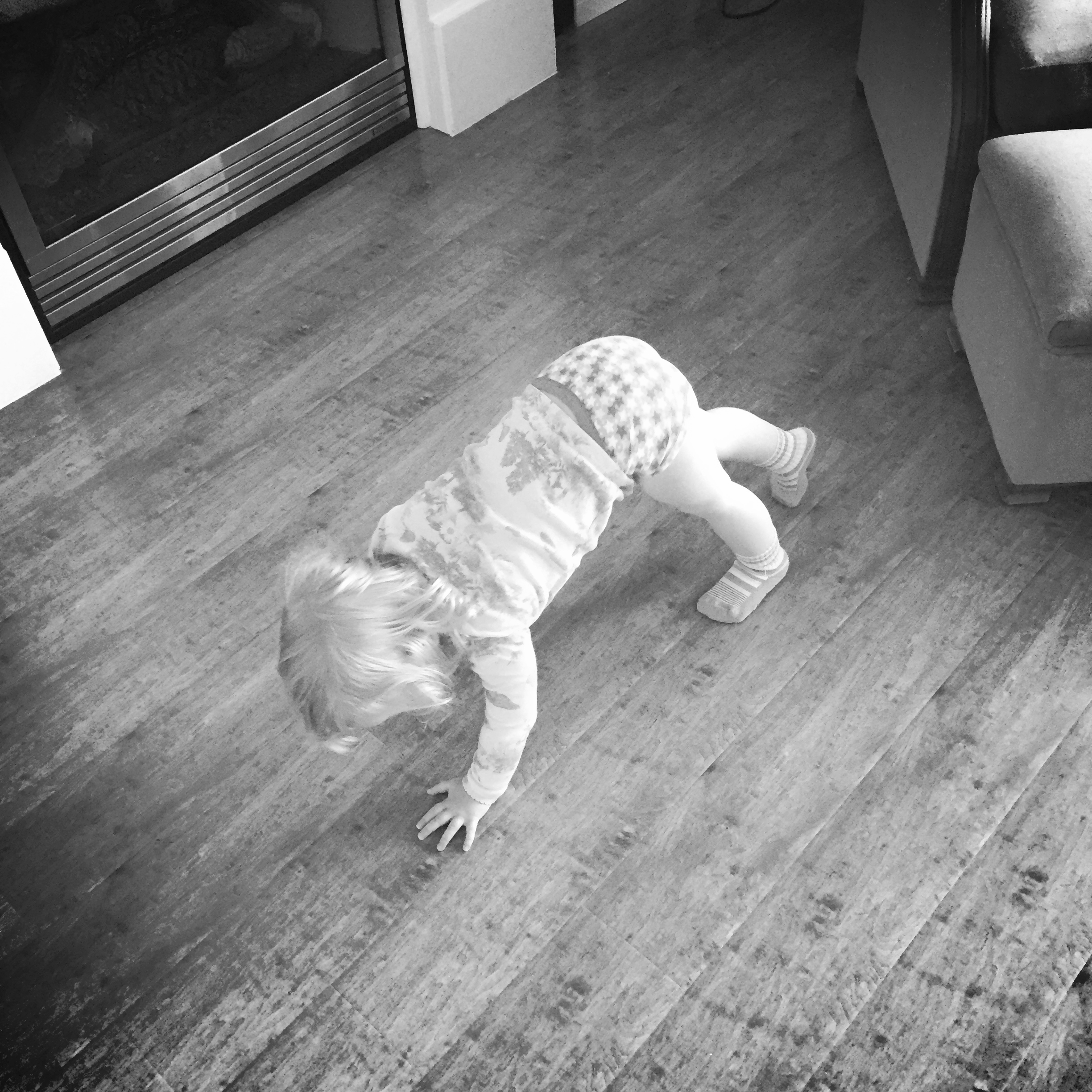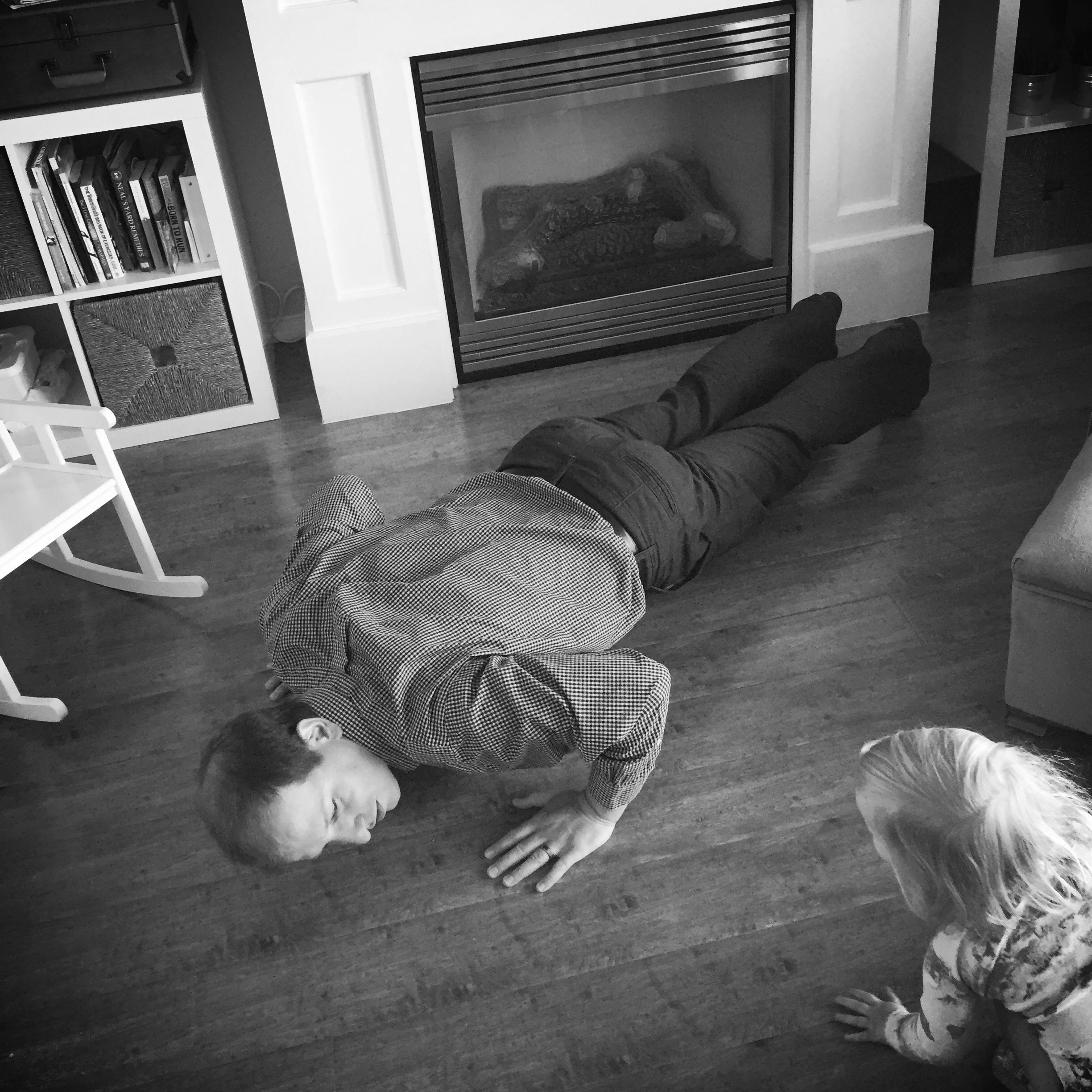Spring is well and truly here, the flowers are blooming and the sun is shining (well some of the time). You have been stuck inside for months with your baby and you're ready to be set free!
There are so many spring/summer exercises classes you can choose from, which is GREAT! But how do you know what is going to be right for you? Its useful to do a little research into the sessions and the instructor before you sign up. As a newly postpartum mom its important to take control of your health and source out the BEST fit for you and your baby.
Also, just because a bootcamp/stroller fit session is targeted at new moms, doesn't meant it is right for you! Yes they are fun and yes they are challenging, which may appeal to you, but the intensity can cause some major complications for a new mom. The core and the pelvic floor needs to be functioning properly before starting something too intense. If you have any sign of pelvic floor dysfunction, it needs to be addressed and well managed. Just because there are no obvious symptoms, doesn’t mean that nothing is happening.
As a new mom, unfortunately exercise isn't a one size fits all...something one mom can do easily, another may not be able to. The instructor should understand this and be able to make the correct adaptions for your needs. BUT they need to know you first. Follow these simple guidelines to help you find the right fit for you and your exercising needs!!
1. Ask the instructor/personal trainer questions. Let them know what your ability is and what issues you still have (such as pelvic organ prolapse, urinary incontinence and diastasic recti). If they don't know how to adapt the exercises for you, then its the wrong instructor/personal trainer. Ask them about their qualifications. Have they done any specific postnatal certifications? Most importantly, do they know about pelvic floor dysfunction and how to train it?
2. Is there a pre-screening process? The best sessions will include a pre-admission questionnaire, including questions about your birth/recovery. Some classes may require a visit to a physiotherapist before joining depending on the answers you give.
3. Is it a pre-set class or a drop in class? The drop in sessions can be a little risky depending on the style of session. If it is designed for new moms then it MAY be ok (but still ask questions). But if it is a mixed group/anyone can come...be a little wary. Pre-set sessions are the best for new moms so you can progress at the same pace.
4. Avoid certain exercises until you know for certain you are fully healed. If you are in a session and theses exercises come up...avoid doing them and ask for adaptions. Crunches/tradidtional ab exercises, plank/push ups (unless they are done on an incline), lifting too heavy, jumping and running should be avoided UNLESS you have been fully cleared by a physiotherapist. Ask yourself do you still leak urine? Do you still have pelvic/hip pain? Do you feel heaviness in your pelvis? If your answer is yes to any of these questions then DO NOT do these exercises.
Don't put your health in someone else's hands unless you are certain they are the right fit for you. You could end up doing more harm than good.
